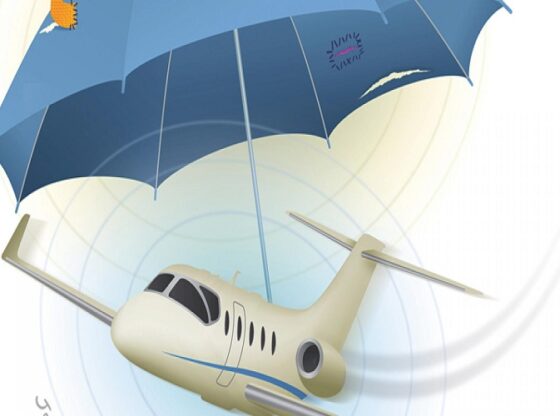All plane owners must purchase aircraft insurance, but not all aircraft insurance is created equal. It is important to understand what your policy covers – and what it doesn’t – so that you can be prepared if anything happens that requires you to use the insurance. If you have any questions, an aviation insurance agent can help you to understand. However, knowing where your aircraft insurance stands on covering the following issues before a situation occurs may be very helpful.

Damage to Third Party Property
If a collision occurs that damages property belonging to someone else, public liability insurance is the portion of aircraft insurance that will pay for the costs of repairs. This insurance is mandatory for all aircraft owners in most places. The amount of coverage that must be purchased to comply with laws may vary by country and even by state.
Injuries to Passengers
Accidents and incidents that cause injuries to passengers fall under passenger liability insurance. This type of insurance is required for large commercial aircraft, but is generally not required by law for small personal aircraft. If a situation occurs that causes injuries to passengers, however, passenger liability insurance can be very good to have. This insurance may help with covering medical costs that you may otherwise be liable for.
Damage to the Aircraft
When the aircraft is damaged, the type of coverage that kicks in – if any – can be tricky to identify. Aircraft insurance policies differentiate between covering costs of damage if a plane is in various stages of motion or not in motion. If the correct coverage is not in place, damage to the aircraft that occurs may not be covered and the pilot may need to pay for repairs or even replacement of the aircraft out of pocket.
Ground risk hull insurance that covers incidents while the plane is not in motion will cover damage from acts of vandalism, natural disasters, hangar collapses, and in-motion vehicles striking the craft. Ground risk hull insurance that covers incidents while the plane is in motion covers only damages that occur while the plane is taxiing, not while still, in-flight, taking off, or landing.
Combination Policies
Some aircraft insurance policies may cover more than one type of issue or incident, which can save hassles and provide peace of mind. These policies are generally a bit pricier, but may be worth the additional cost. Combined single limit insurance bundles both public liability and passenger liability, paying out a set amount per accident. In-flight insurance covers any damage to the plane, whether it is in-flight, in motion, or on the ground.
Speak to an insurance agency in your area to find out what type of insurance would best meet your specific needs and address your concerns.

